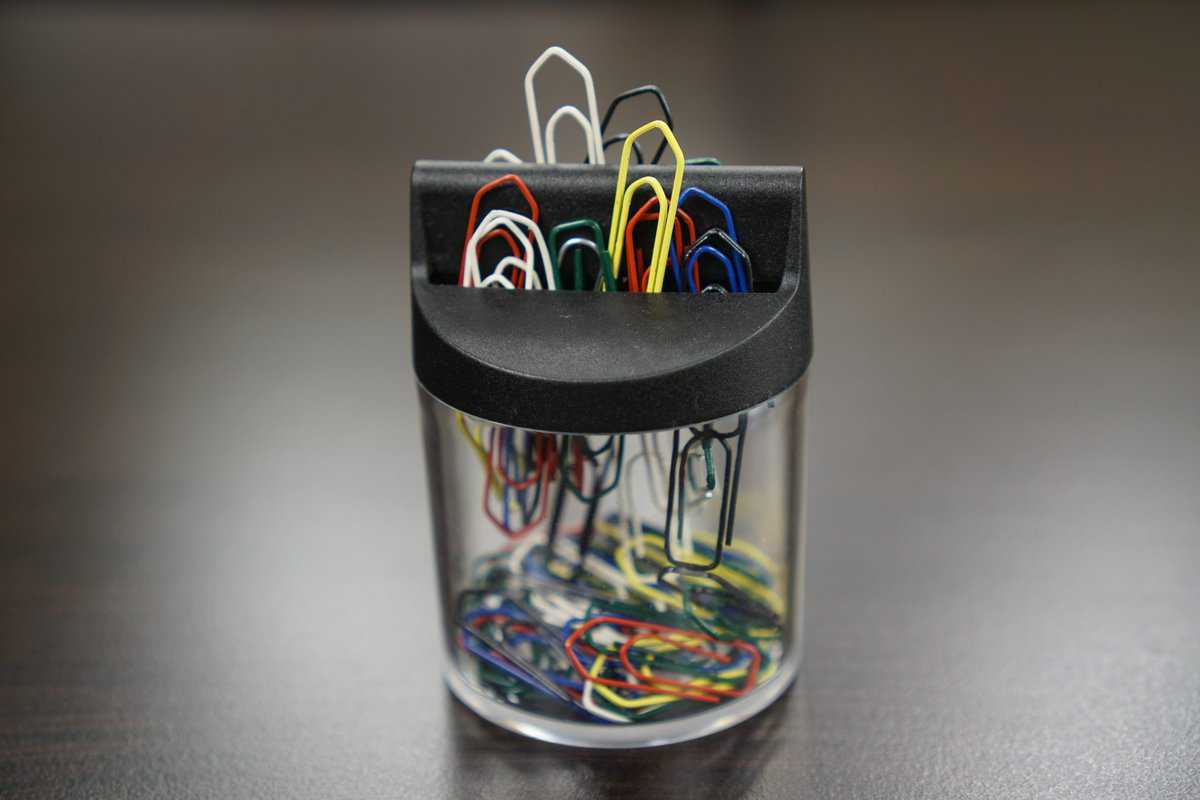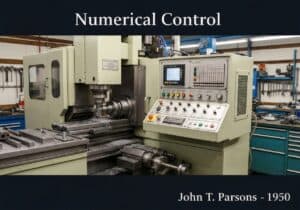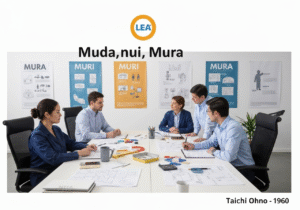An extensive review of tips and examples to use when designing a new product with magnets and make use of all their properties without their drawbacks. Other alternatives to magnets will also be listed.
Please add/comment on the right
Magnet Design Benefits
example of a speed game
example of steal protection
example of tile opening
Magnet Theory and Selection
No big physics here, but basic facts that should be known when selecting a magnet in a product design
- attraction force & distance
- shape:
- duration:
- price
- resistance:
- against shock: very brittle
- against corrosion: good if the outer layer is coated and perfectly intact. Can be very poor if the magnet touches another metal (often the case!) and creates some galvanic corrosion with humidity
Magnet Drawbacks
- costly if big or if made to order in small volumes
- not super eco-friendly (rare metals, mix of metals, hard to separate intact when recycling)
- fragile
- force decreasing over time (depending on conditions)
- heavy (metal on the two sides)
Magnet Alternatives
The “specs” of the magnet function to be replaced:
can attach or fix temporary another part, without any additional tool
(the “through walls” or “from a close distance” is not an option here, which only the magnet permits)
| Pros | Cons | |
| velcro |
|
|
metal clips | hard to design user and visually friendly | |
plastic clips | cheap (if high volume to amortize the mold invest) |
|
latches / strap in | takes space | |
sticky paste or other temporary glues | would you reliably design with that? |

































Isnt the Shadow Knows campaign just a genius way to tap into the limitless imagination of kids? Whats your take on this?
Lego’s focus on simplicity and creativity not only resonates with lean product design principles but also fosters endless innovation through playful engagement. The Minimal Bricks Design game is a brilliant way to ignite ideation and emphasizes the power of minimalism in design.
I love how this article connects the simplicity of Lego design with lean principles and creativity in product development. The Minimal Bricks Design game is a fantastic idea for fostering innovation and encouraging out-of-the-box thinking in teams. It’s fascinating to see how such a simple toy continues to inspire complex concepts and marketing strategies.
Interesting read! But, isnt it odd how LEGOs Imagine campaign engaged more audience than The Shadow Knows? Thoughts?
While Legos Imagine campaign was top-tier creativity, dont you think the Shadow Knows campaign had more subliminal messaging? Thoughts? #LegoAdDebate